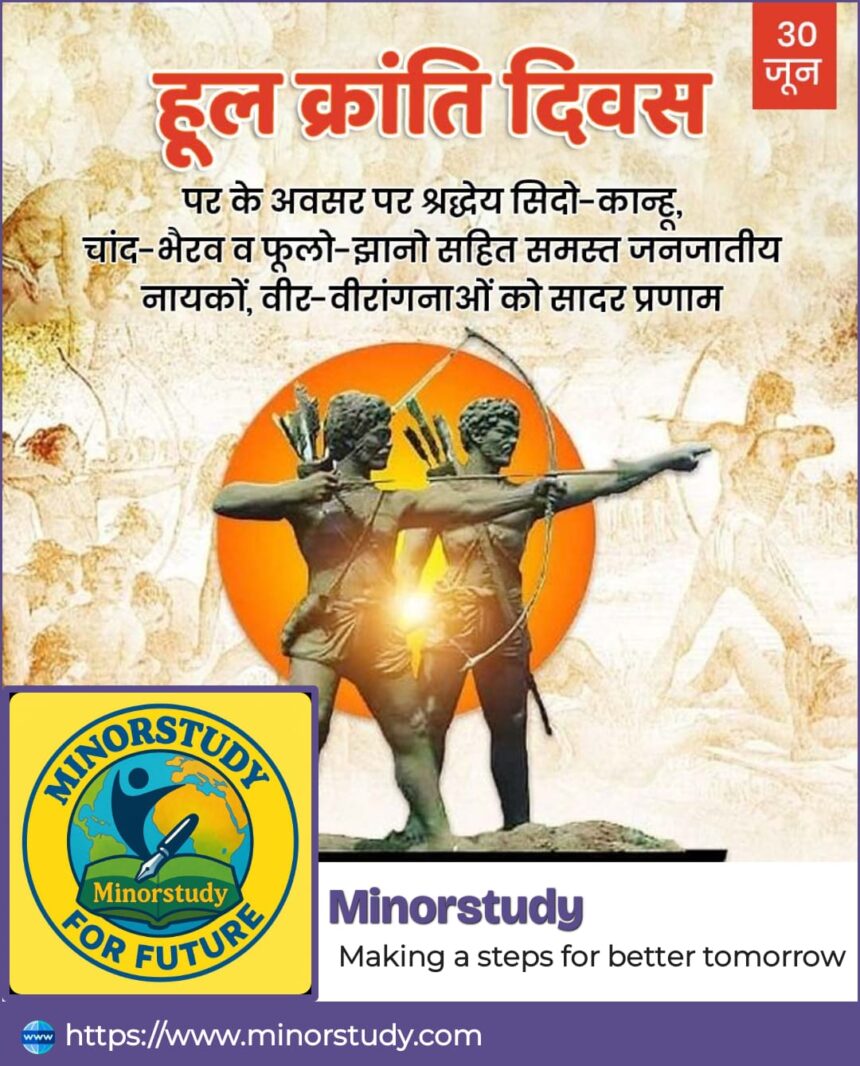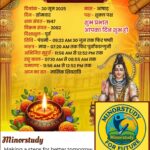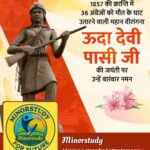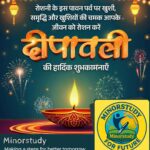Untold Truths About the Heroic Hul Revolution Day That Shocked the British Empire
✊ Introduction: A Cry of Rebellion from the Forests
Hul Revolution Day: When we speak of India’s freedom struggle, names like Bhagat Singh, Rani Lakshmi Bai, and Mahatma Gandhi are prominent. But decades before 1857, a lesser-known yet electrifying revolution shook British rule to its core — the Hul Revolution of 1855, led by Sidhu and Kanhu Murmu, two brave Santal brothers.
- ✊ Introduction: A Cry of Rebellion from the Forests
- 📜 History of Hul Revolution Day
- 🔥 Timeline of Hul Revolution
- 📚 Key Facts About Hul Revolution
- ❓ FAQs About Hul Revolution Day
- Q1: Why is Hul Revolution Day important?
- Q2: Who were the heroes of this revolution?
- Q3: Where is it observed most actively?
- Q4: How is it observed today?
- ✨ Significance of Hul Revolution Day
- 1. 📣 Voice of the Voiceless
- 2. 🏹 First Organized Mass Revolt
- 3. 📖 Tribal Identity & Cultural Pride
- 4. 💔 Reminder of Forgotten Histories
- 5. ⚖️ Foundation for Tribal Laws
- 🌾 Observance of Hul Revolution Day
- 🎉 Wishing Messages for Hul Revolution Day
- 🧭 Impact on Daily Life
- 🌍 Societal Importance
- ⚖️ Conclusion: Echoes That Still Resonate
- 🔔 Final Note
This rebellion wasn’t just an act of resistance; it was a people’s movement born out of pain, oppression, and the thirst for justice.
30th June is remembered as Hul Revolution Day, especially in Jharkhand, West Bengal, Bihar, and Odisha, as a day to honor tribal courage, unity, and sacrifice.
Let’s explore its history, significance, timeline, facts, observance, human impact, FAQs, and how it still matters today.
📜 History of Hul Revolution Day
What is “Hul”?
“Hul” in the Santali language means revolution or rebellion — not merely a revolt, but a movement of justice.
Origins of the Revolt:
Year: 1855
Date: 30th June
Location: Bhognadih village, near Sahebganj in present-day Jharkhand
Leaders: Sidhu Murmu and Kanhu Murmu (Santal brothers)
Why Did It Start?
Zamindari Exploitation: Santals were being crushed under heavy taxation and forced labor by zamindars (landlords) and moneylenders.
British Complicity: The East India Company turned a blind eye to tribal suffering, often siding with exploiters.
Land Alienation: Santals were dispossessed from their lands and forests — their sacred identity.
In protest, 60,000+ Santals rose against the British Raj and declared an independent Santal Raj.
🔥 Timeline of Hul Revolution
| Year | Event |
|---|---|
| 1855 (June 30) | Sidhu & Kanhu hoisted the flag of rebellion in Bhognadih. |
| July 1855 | Rebellion spread to regions of Bengal Presidency. |
| August 1855 | British retaliated with heavy armed forces. |
| 1856 (early) | The rebellion was brutally crushed; thousands killed. |
| Post-1856 | The British passed the Santhal Parganas Tenancy Act (1876) acknowledging tribal land rights partially due to this uprising. |
📚 Key Facts About Hul Revolution
🔥 60,000+ Santals participated — one of India’s first mass tribal revolts.
⚔️ Fought bravely with bows, arrows, and axes against armed British soldiers.
🩸 15,000+ Santals martyred, including women and children.
🏹 It predated the 1857 Revolt, proving tribals were the original revolutionaries.
📍 Led to the demarcation of Santhal Parganas, a tribal district.
❓ FAQs About Hul Revolution Day
Q1: Why is Hul Revolution Day important?
Ans: It marks the brave stand of Santals against colonial and feudal oppression and symbolizes the tribal contribution to India’s freedom struggle.
Q2: Who were the heroes of this revolution?
Ans: Sidhu Murmu and Kanhu Murmu, supported by their brothers Chand and Bhairav, are immortalized for their leadership.
Q3: Where is it observed most actively?
Ans: In Jharkhand, West Bengal, Odisha, and Bihar — especially among tribal communities.
Q4: How is it observed today?
Ans: With public rallies, cultural programs, statues garlanding, tribal songs and dances, and reflection on tribal rights and dignity.
✨ Significance of Hul Revolution Day
1. 📣 Voice of the Voiceless
It gave marginalized tribals a powerful voice in Indian history.
2. 🏹 First Organized Mass Revolt
Hul was not spontaneous chaos — it was strategically planned and led by leaders with a vision of freedom.
3. 📖 Tribal Identity & Cultural Pride
It celebrated Santal heritage, values, and resilience, which continue to inspire generations.
4. 💔 Reminder of Forgotten Histories
Hul challenges mainstream narratives that overlook tribal contributions to India’s independence.
5. ⚖️ Foundation for Tribal Laws
The rebellion indirectly led to protective legislation like the Chotanagpur Tenancy Act, Santhal Parganas Act, and later the FRA Act (2006).
🌾 Observance of Hul Revolution Day
🎤 Cultural Programs: Folk dance (Santhali), tribal drumming, poetry recitations.
🪔 Tribute Ceremonies: Statues of Sidhu-Kanhu are honored in Bhognadih and Dumka.
🧑🏫 Educational Campaigns: Schools hold essay, art, and debate competitions.
📺 Documentaries & Films: Regional channels air stories on Hul Uprising.
🤝 Social Dialogue: Discussions on tribal welfare, land rights, and representation.
🎉 Wishing Messages for Hul Revolution Day
“Let’s salute the unsung heroes of Hul – the brave hearts who roared from the forests for justice!”
“This Hul Revolution Day, may the courage of Sidhu-Kanhu ignite the fire of truth in us all.”
“Remembering the 60,000+ warriors who didn’t fear bullets for their right to live with dignity.”
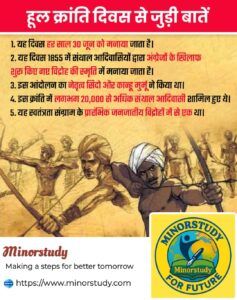
🧭 Impact on Daily Life
1. Awareness of Tribal Rights
Reminds us that land, water, and forests are not just resources but identity for indigenous people.
2. Education & Inclusion
Encourages curriculum reforms to include tribal history, helping students see the full picture of India’s freedom.
3. Policy Influence
Strengthens voices demanding fair implementation of tribal welfare schemes and protection against displacement.
4. Inspiration for Youth
Motivates young minds to stand against injustice, even when the odds are overwhelming.
🌍 Societal Importance
💪 Empowers marginalized communities by giving them historical pride.
🗣️ Promotes inclusive nationalism — where every region and group matters.
🛡️ Supports grassroots democracy through awareness of tribal governance models like PESA Act.
🎓 Instills values of courage, community solidarity, and self-respect.
⚖️ Conclusion: Echoes That Still Resonate
Hul Revolution Day: The Hul Revolution is not just a tribal uprising — it is India’s soul roaring against injustice. It teaches us that freedom is not given; it is earned, often with blood and sacrifice.
The tragedy is that this movement was forgotten in the mainstream. But now, as society becomes more aware and inclusive, Hul Revolution Day is being revived as a symbol of true courage and people’s power.
So, on 30th June, light a lamp not just in memory of the martyrs, but in honor of the forgotten voices who lived and died for dignity.
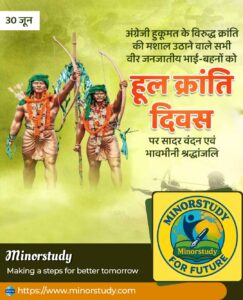
🔔 Final Note
Let the story of Sidhu and Kanhu Murmu not be confined to textbooks. Let it live in conversations, classrooms, and hearts.
Because when truth is remembered, justice awakens.
“Hul Johar! Jai Johar!”

